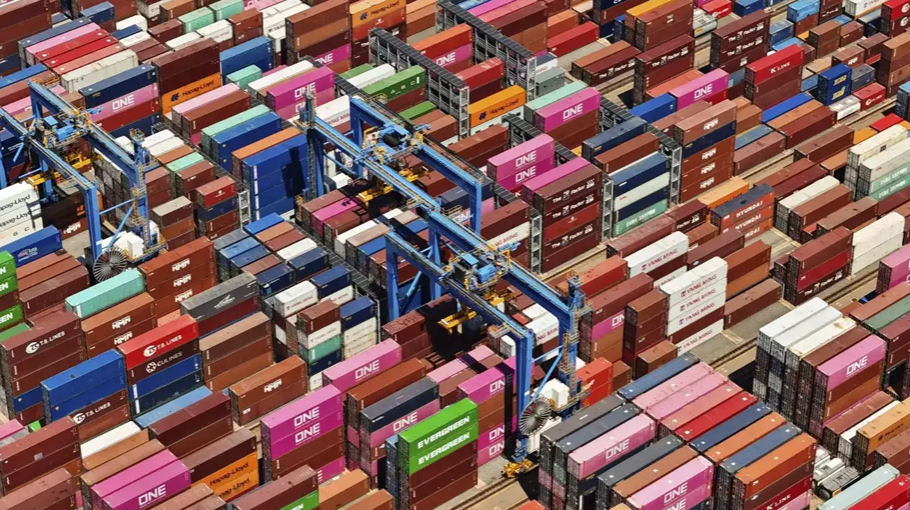Reducing export incentives would affect local industry: Businesses

The government’s decision to cut export incentives in the current fiscal year in almost all sectors has garnered mixed reaction from business leaders.
The government defends the move saying that after the country graduates from least developed country (LDC) status in 2026, the export subsidy would be withdrawn fully.
The move is also aimed at reducing pressure on state expenditures in line with IMF’s advice and encouraging exporters to prepare meeting the global competition by increasing their capacities.
Mohammad Hatem, executive president of Bangladesh Knitwear Manufacturers and Exporters Association (BKMEA), sounded unhappy.
According to him the move will affect the country’s garment sector, a major export earner.
“The garment sector is now in ICU. If proper treatment is not given it will soon be put on life support,” said Hatem in opposing the step.
At the moment, reducing export incentives means that the sector is being strangled, he opined, he said.
World Bank projects modest growth increase for Bangladesh: 5.7% in 2024-25, 5.9% by 2025-26
However, Mahbubul Alam, president of FBCCI holds slightly different view.
Speaking on the subject on Monday he told UNB that the government has cut export subsidies to encourage the exporters to compete with the global competitors.
But the domestic industry needs state support at both policy level and incentives to boost the capacities.
This decision will affect some sectors, he said adding the government can cover it in alternative ways.
He, however, pointed out that many local industries are struggling with higher interest rates and higher utility bills, which are pushing up the production costs.
“So to survive in the export sector a stable exchange rate and energy supply at a comfortable rate are essential,” he said.
From July 1, 2024, the maximum rate of export incentive has been set at 10 percent and the minimum at 0.3 percent, said the Bangladesh Bank in a notice on June 30.
The cash assistance on the export earnings of apparel makers in all markets has been halved to 0.30 percent from 0.50 percent. The cash subsidy for venturing into new markets has been reduced to 2 percent from 3 percent.
Bangladesh’s RMG exports to EU see modest rise amid mixed performance in global markets
The reduced export incentive will be applicable to various other sectors, including jute and jute goods, leather and leather products, frozen fish and agro products. Until June 30, it was 15 percent.
Before February this calendar year, they used to get 20 percent incentives. However, the government has offered 6 percent on crust leather export.
Currently, 43 sectors are eligible for the aid, with the government spending about Tk 9,025 crore annually in the past three years.




